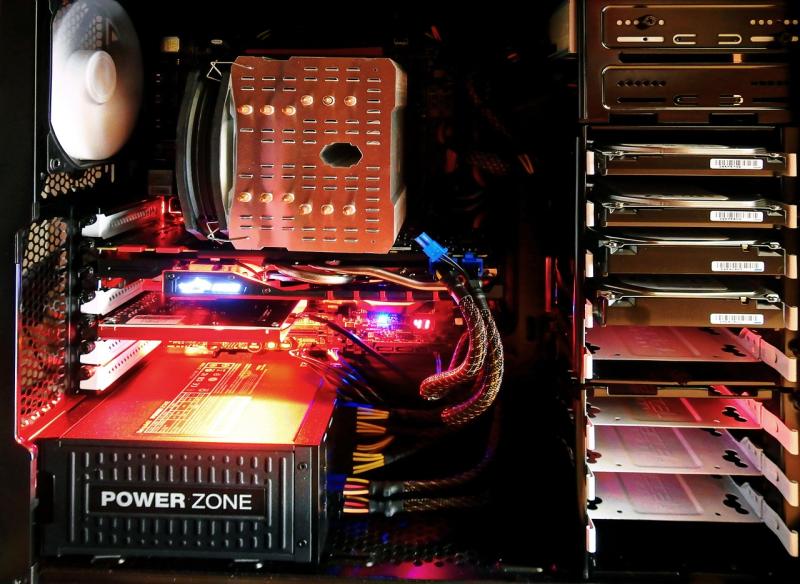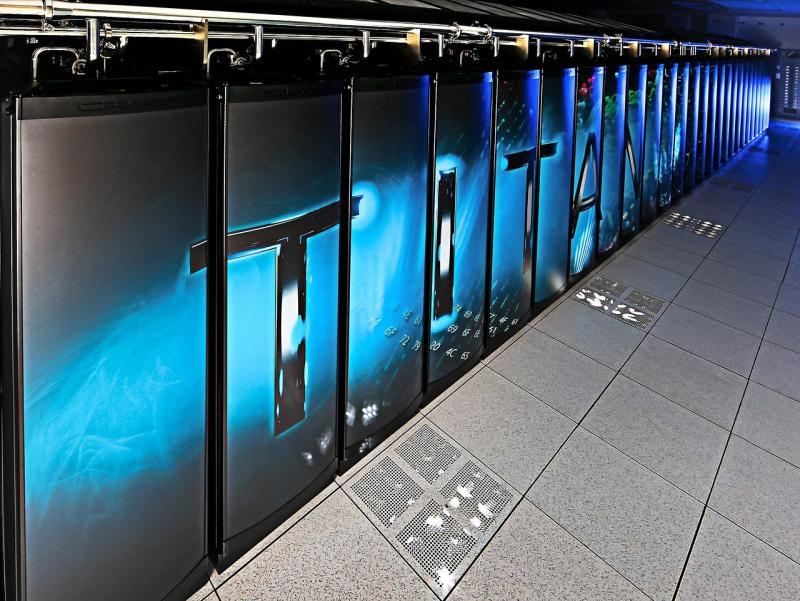**Introduction**
Flexible printed electronics (FPE) are at the forefront of transforming PC hardware design, enabling circuitry to be printed onto bendable substrates. This innovation not only reduces the overall size and weight of PC components but also opens up new avenues for creative, innovative designs. FPE technology allows for circuits to be integrated into unconventional form factors, facilitating ultra‑compact builds, wearable computing devices, and aesthetically striking custom PC designs. This article explores the groundbreaking advancements in flexible printed electronics and how they are reshaping the future of PC circuitry and internal architecture.
**Technological Innovations**
- **Advanced Conductive Inks and Polymers:**
Researchers have developed specialized conductive inks based on silver or carbon nanotubes, which can be printed onto flexible polymer substrates. These materials deliver high conductivity while maintaining flexibility and durability under stress.
- **High‑Precision Additive Manufacturing:**
State‑of‑the‑art inkjet and aerosol jet printing technologies allow ultra‑fine circuit traces to be produced on various substrates, enabling intricate designs that were previously infeasible with conventional methods.
- **Heat Management and Insulation:**
Integrated FPE solutions often include printed thermal management layers that facilitate efficient heat dissipation, ensuring that compact designs do not compromise on performance or reliability.
- **Customizable, On-Demand Production:**
The flexibility of FPE enables rapid prototyping and localized production of PC components, empowering DIY enthusiasts and manufacturers to iterate on designs quickly and cost-effectively.
**Applications and Benefits**
- **Ultra‑Compact Form Factors:**
Flexible printed circuitry allows for thinner, lighter PC designs that are ideal for portable devices and custom aesthetic builds.
- **Enhanced Design Freedom:**
Artists and engineers can develop innovative layouts and conformal circuits that adapt to curved or irregular surfaces, creating visually unique and functionally efficient systems.
- **Cost Efficiency and Sustainability:**
Reduced material waste and fast turnaround times in additive manufacturing lower production costs and contribute to environmentally friendly fabrication practices.
- **Rapid Prototyping and Customization:**
Designers can quickly prototype new ideas and tailor circuitry to specific needs, accelerating product development cycles and fostering innovation.
**Future Directions**
The future of flexible printed electronics will likely incorporate smart materials that are self‑healing and biodegradable, pushing the eco‑friendly envelope further. Enhanced integration with IoT sensors and AI‑driven design optimization will also enable fully adaptive internal PC architectures. As printing technologies continue to shrink, flexible circuits could become ubiquitous in both consumer and industrial applications, revolutionizing the way PC hardware is designed and manufactured.
**Targeted Keywords:**
flexible printed electronics, FPE PC circuitry, customizable circuits, additive manufacturing PC, ultra‑compact design, eco‑friendly PC hardware, innovative PC design, flexible PCB, next‑gen circuit technology
View our related products
See more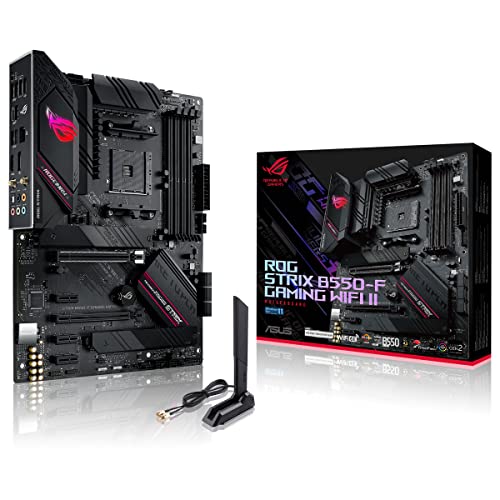
ASUS ROG Strix B550-F Motherboard
Asus
Product Review Score
4.48 out of 5 stars
227 reviews$189.99 $149.99
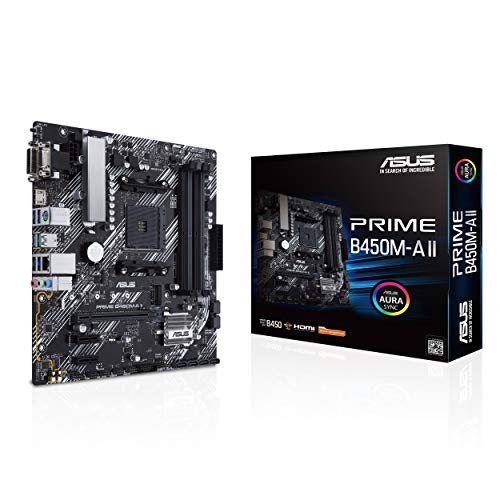
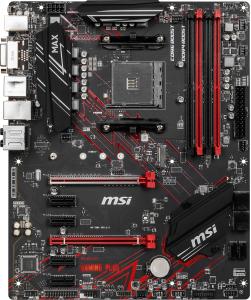
MSI B450 Gaming Max Motherboard
Msi
Product Review Score
4.44 out of 5 stars
50 reviews$114.99 $109.99
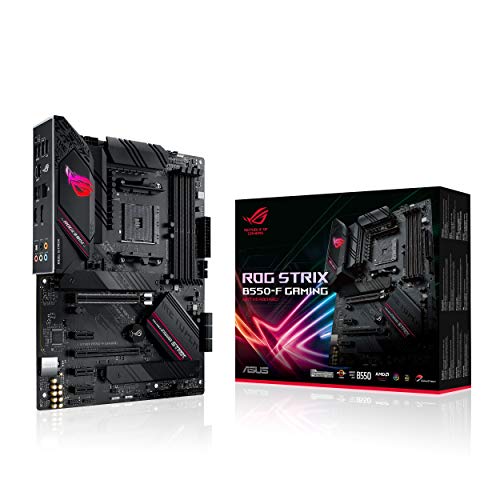
ASUS ROG Strix B550-F Motherboard
Asus
Product Review Score
4.41 out of 5 stars
170 reviews$159.99 $149.99
Reducing Size and Enhancing Design
Flexible Printed Electronics for Custom PC Circuitry
Related Articles
Essential High-Performance PC Components You Need Now
Upgrade your setup with the must-have parts for unbeatable gaming and productivity
Top Picks for Best High-Performance PCs
Find the perfect power machine for gaming, work, or creative projects
Your Guide to the Best High-Performance PCs
Find the Right PC for Your Gaming and Creative Needs
View our related products
See more
ASUS ROG Strix B550-F Motherboard
Asus
Product Review Score
4.48 out of 5 stars
227 reviews$189.99 $149.99


MSI B450 Gaming Max Motherboard
Msi
Product Review Score
4.44 out of 5 stars
50 reviews$114.99 $109.99

ASUS ROG Strix B550-F Motherboard
Asus
Product Review Score
4.41 out of 5 stars
170 reviews$159.99 $149.99

